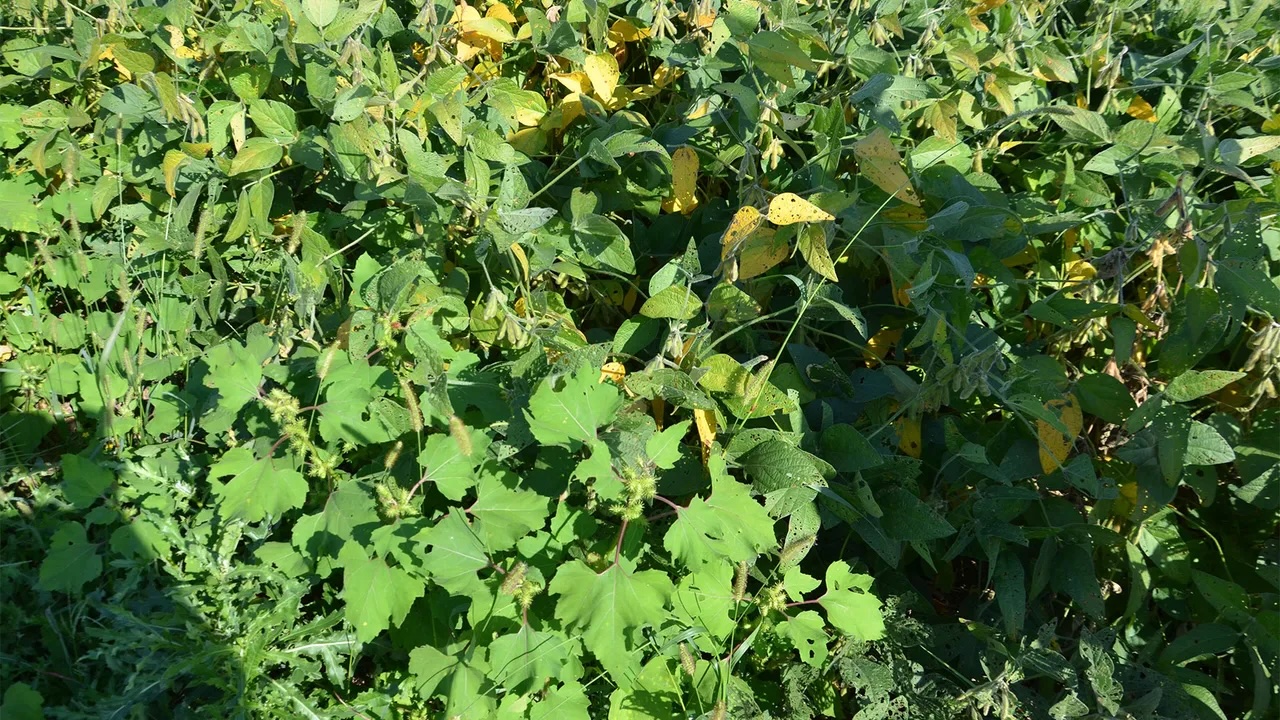Test biological nitrogen products on small scale

Salespeople want us to use products that help plants make nitrogen so we can apply less commercial N. Do they work? Do the economics pencil out?
The Indiana certified crop advisers panel answering this question includes Andy Like, independent crops consultant, Vincennes; Jeff Nagel, agronomist with Ceres Solutions, Lafayette; Marty Park, agronomist with Gutwein Seed Services, Rensselaer; and Dan Quinn, Purdue Extension corn specialist.
Like: I would not shift your whole farm to a biological nitrogen replacement product before testing it on your farm with your practices. Test on a split-field basis for a couple of years. Reducing your applied N could impact yield if the product doesn’t work as advertised. We still have a lot to learn about getting biological N products to work consistently. It relates to application method, timing and keeping biologicals alive long enough to work.
Nagel: The end goal of these products is the same: Introduce microbial bacteria that will produce or fix unavailable N for the crop. Some claim enough additional N is produced to reduce soil-applied N up to 40 pounds per acre. Others position products as additional N to help “buffer” against N inefficiencies, saying it may lead to a yield increase.
It’s no secret that the optimum nitrogen rate in any given field and season can be quite variable. We never know how much N the soil will mineralize and provide, and how much N will be lost via denitrification and/or leaching in any given year. Weather during the growing season has a large impact on nitrogen use efficiency.
Approach these products with caution, and limit use to testing on your own farm in a few fields. There is some evidence these products can work at times. However, third-party research and consistency of return on investment haven’t been very encouraging.
Set up testing correctly. If you just try half the field, there is too much variability for accurate results. Have replicated strips with your normal N rate, a reduced N rate and the reduced N rate plus biological product.
Park: University data on newer nitrogen replacement products hasn’t shown consistent performance. N use efficiency varies from year to year, depending upon soils and weather. Predicting the exact amount you should apply in a specific year is very difficult.
Calculate cost of N-producing biologicals and compare to the cost of 40 pounds of N that they claim to replace. Determine potential risks and benefits. Stick with sound fertility programs that have consistently worked. Test these products on a couple of fields using your practices for a couple of years. Measure results before jumping in with both feet.
Quinn: These products have highly variable responses. They fail to show a positive response a lot more than they work. With any biological product, it is very challenging to see consistency. A multitude of factors may influence organisms before, during and after application. Plus, agricultural soils are already highly biologically active. It can be very difficult to quantify and predict how applied organisms interact with ones already there.
Overall, many independent data sources determine these products often don’t work and are often not economical. However, it’s still important to try them. Leave check strips throughout, or do strip trials. Don’t shift your whole farm or even an entire field. Do test strips with and without product to understand if the products provide any benefit.













